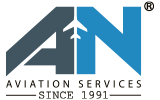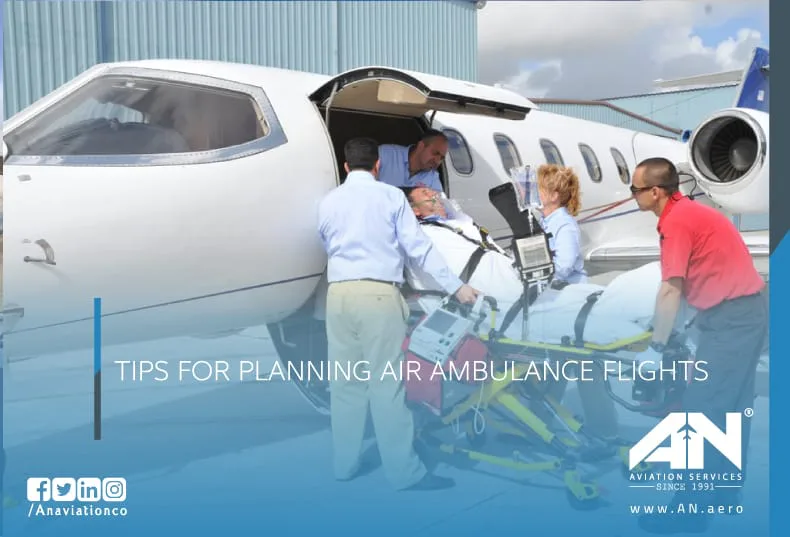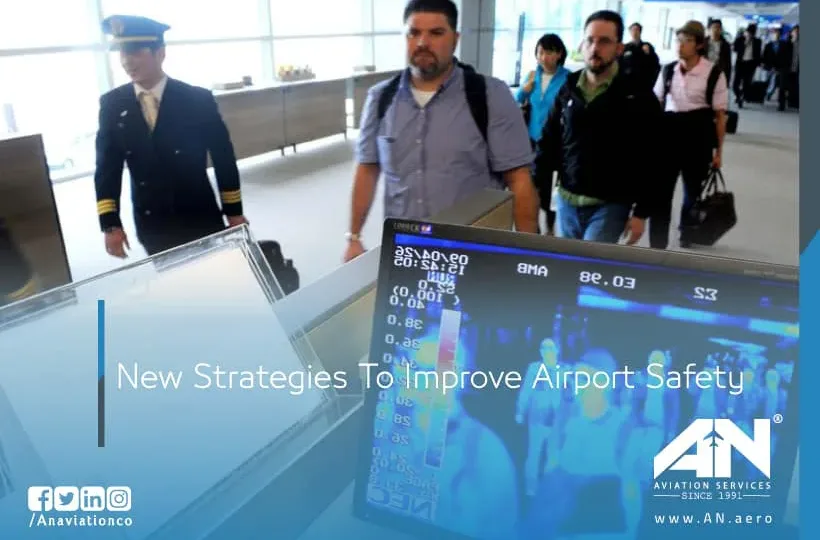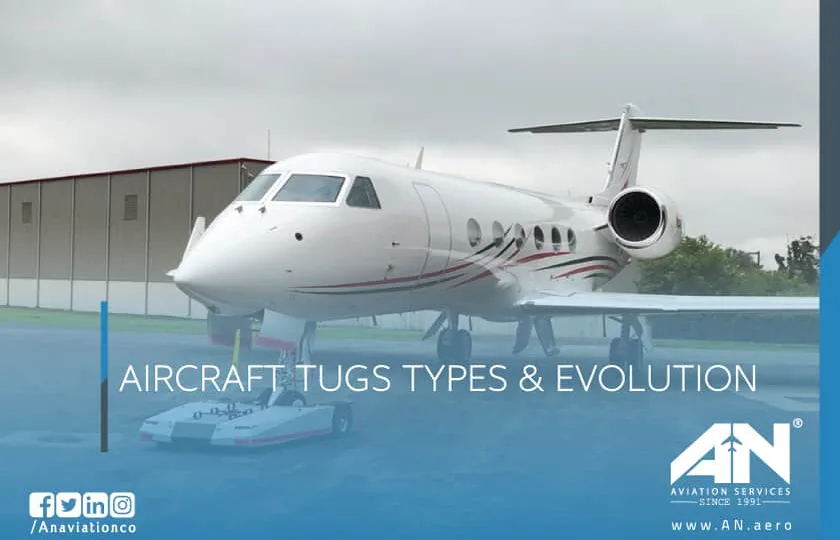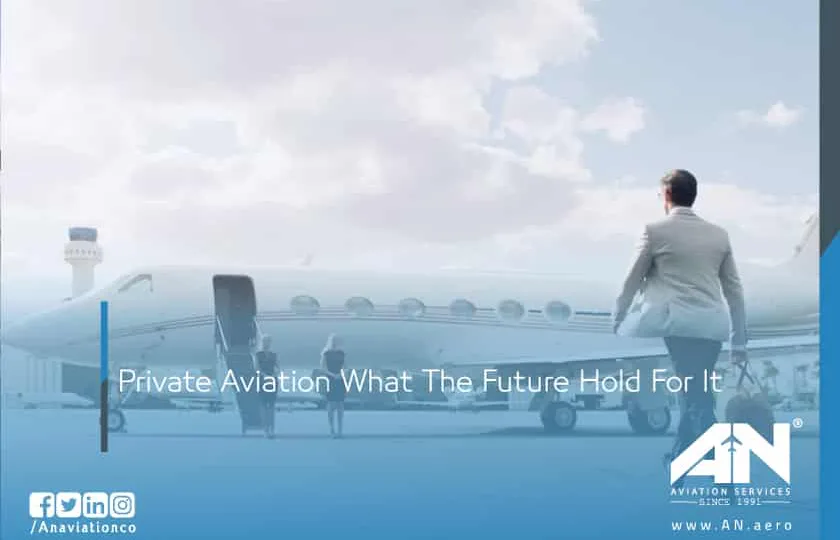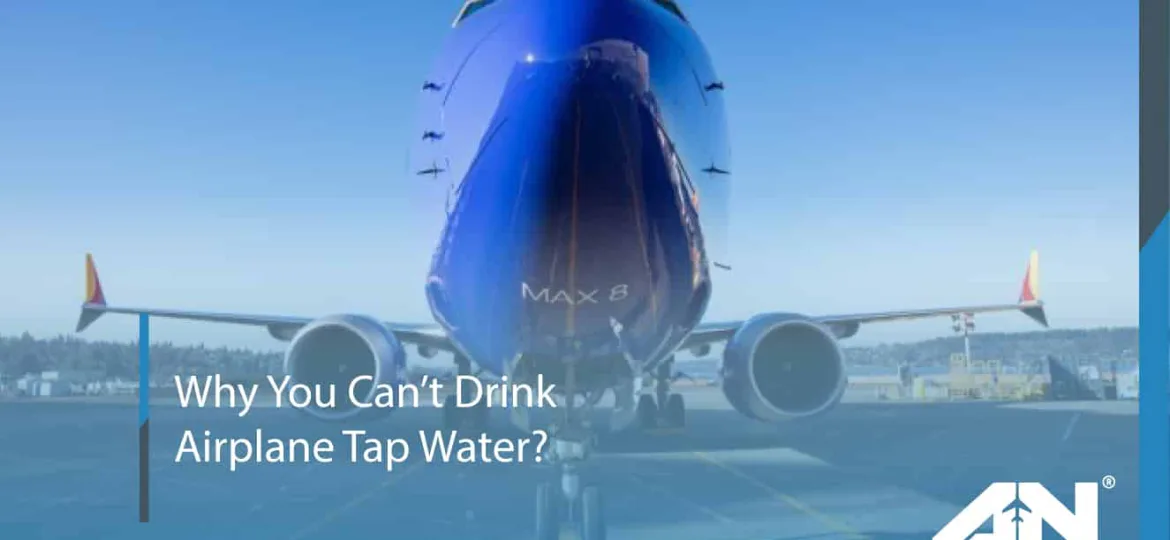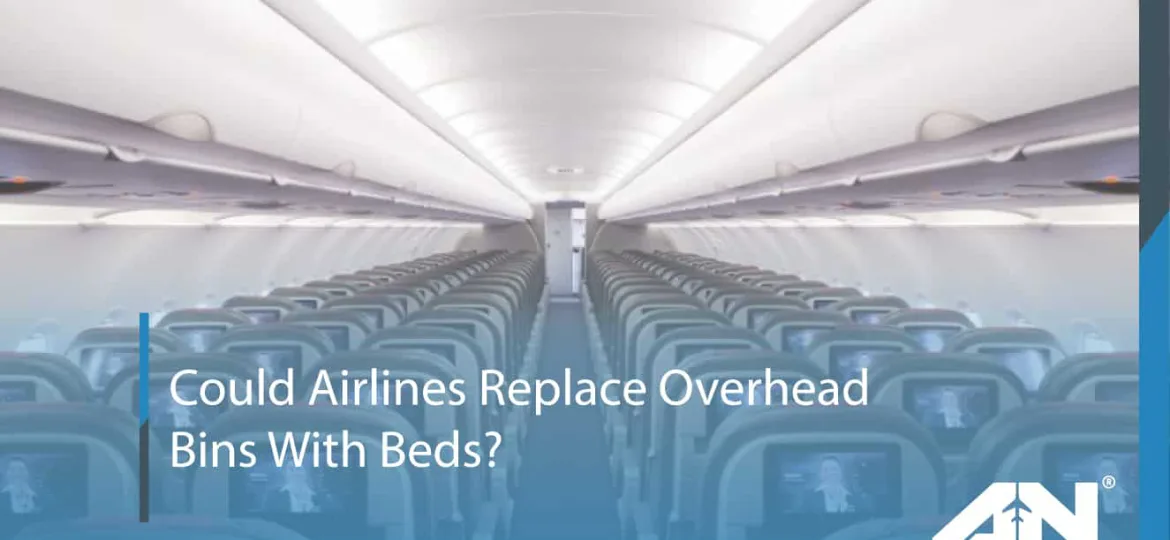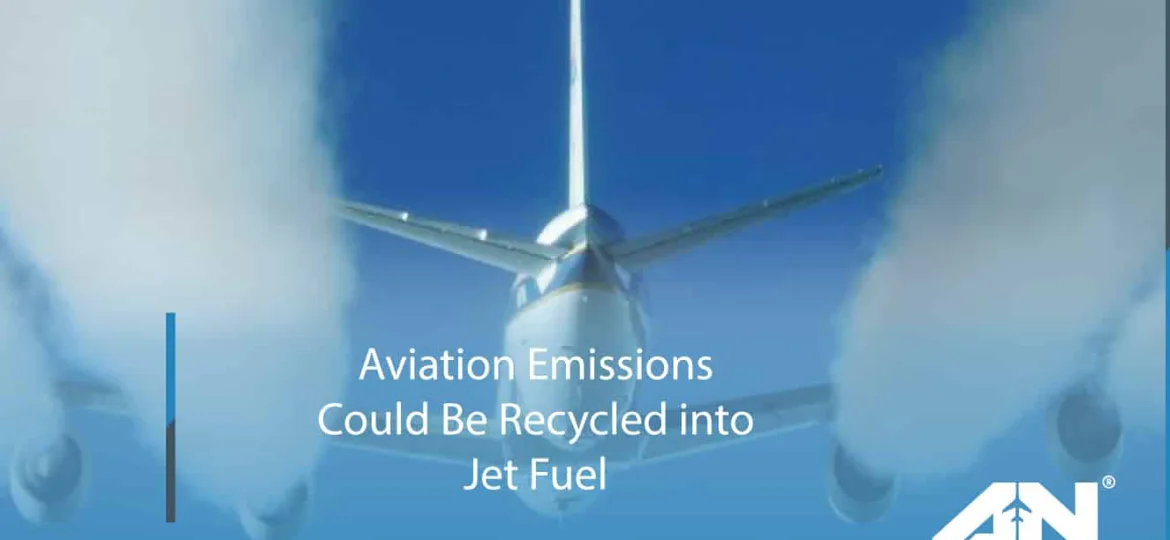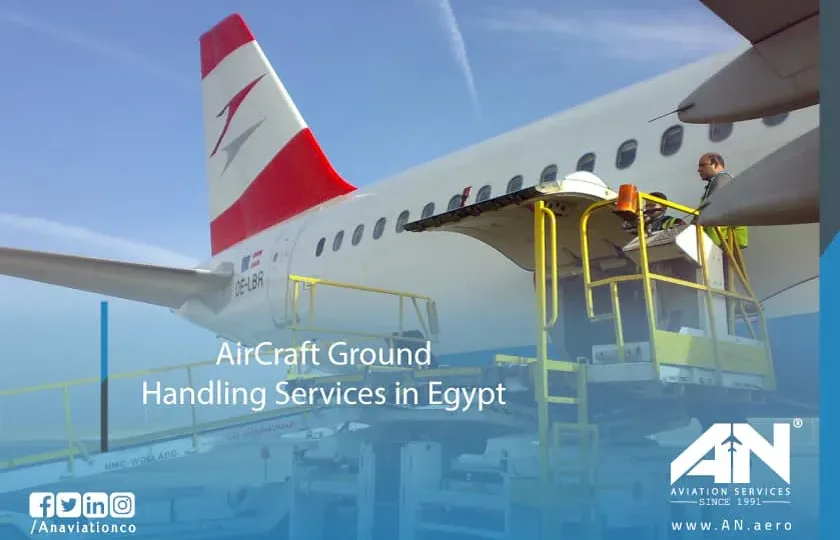In critical situations where time and specialized care are of the essence, air ambulance services provide a lifeline.
Airport safety is a top priority for the aviation industry, and as air travel continues to grow, so do the challenges associated with maintaining secure and efficient airport operations.
Behind every smooth aircraft operation on the ground lies the often-overlooked machinery that makes it possible: aircraft tugs.
From its early days catering to an elite few to its current role as a vital part of the aviation landscape, private aviation has consistently adapted to meet the needs of its users.
When you’re cruising at 35,000 feet, staying hydrated is essential for your comfort and health. But what about the airplane tap water used for making coffee or tea? Should you trust it?
Overhead bins are a staple of commercial air travel, providing passengers with a convenient place to stow their carry-on bags and other belongings.
The aviation industry has long been a cornerstone of global connectivity, enabling people and goods to traverse the world at an unprecedented pace.
Ground handling in Egypt plays a pivotal role in ensuring the seamless operations of flights arriving and departing from the country’s bustling airports.
